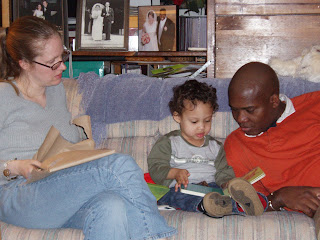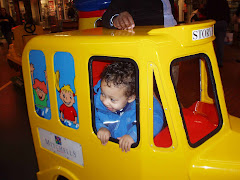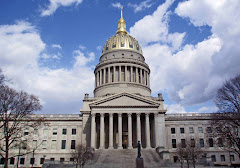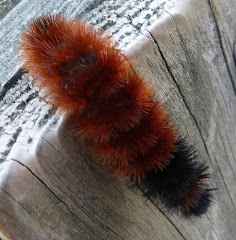Today I will begin a series of pictures in honor of one of the "Great Adventures" of my life, my deployment to Honduras. A little over 20 years ago, December 21, 1987 to be exact, I boarded a plane at Yeager Airport in Charleston and landed approximately 24 hours later in Honduras to begin the second longest overseas deployment of my military career, as the Chaplain in charge of the Religious Program for Fuertes Caminos '88.
I will discuss what Fuertes Caminos ' 88 was, and my role in it at a later time. Today I will begin a series showing my "take" on one of the most interesting aspects of Honduras,
The Mayan Ruins at Copan. Since I visited the ruins in 1988 (I was there twice) there has been much more Archeological work. This new work has furthered our understanding of what this place really was. But, for the most part, this new work has not changed the overall interpretation of what Copan was since I was there. Rather it has simply added to it.
Copan today is located on the north central border of Honduras near the Guatemalan border. In the years surrounding 800 A.D. it was one of several Mayan City States whose prominence in the Mayan world was unquestioned.
By far, for me the most interesting part of the ruins were these Stele found in the Plaza area of the excavated site.

These Stele were rather large, as this picture with part of my party visible to the left demonstrate. (Note the individual leaning on the Stele was not one of our party, but rather a Honduran guide in the employment of the Honduran equivalent of our National Park Service.)

These Stele were not only carved figures but they were also a place to record events. On the back of each one were a series of Glyphs.

Archeologists are just now beginning to understand the meaning of each of these Glyphs.























